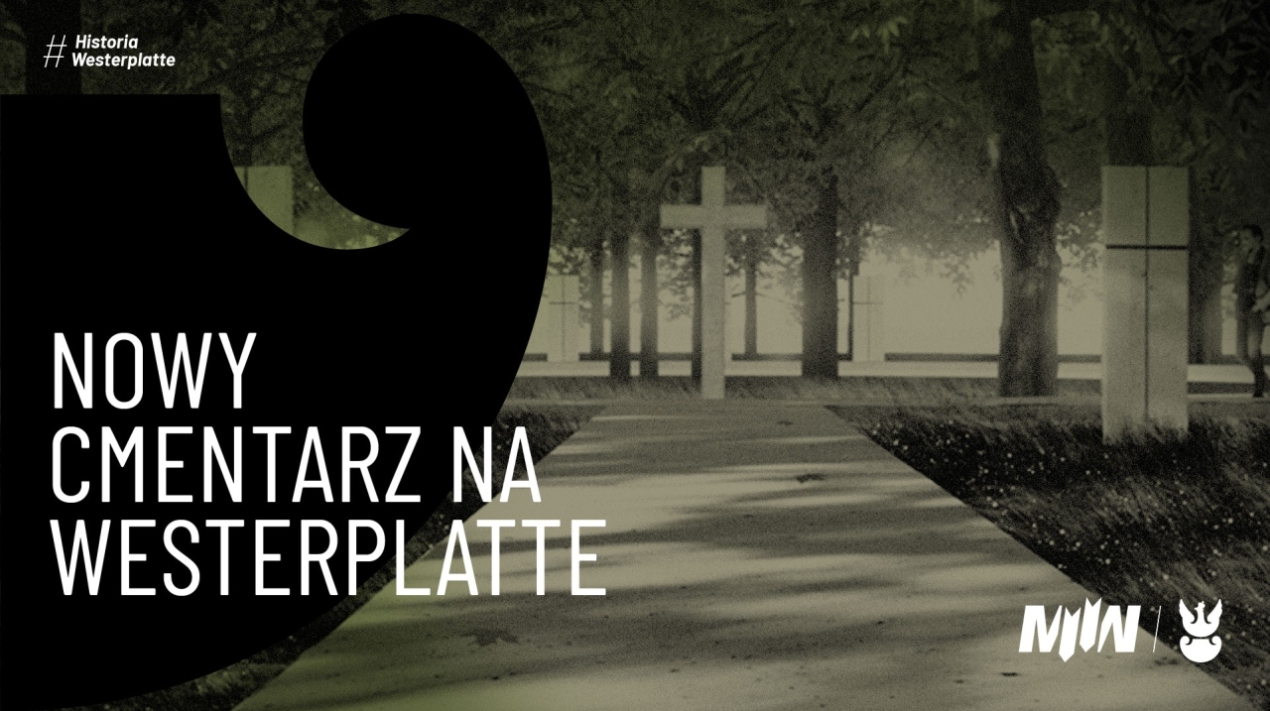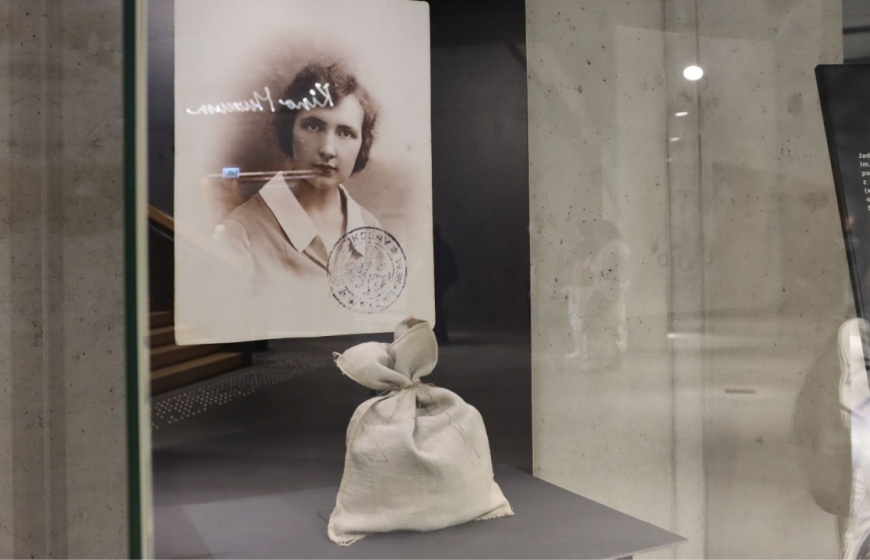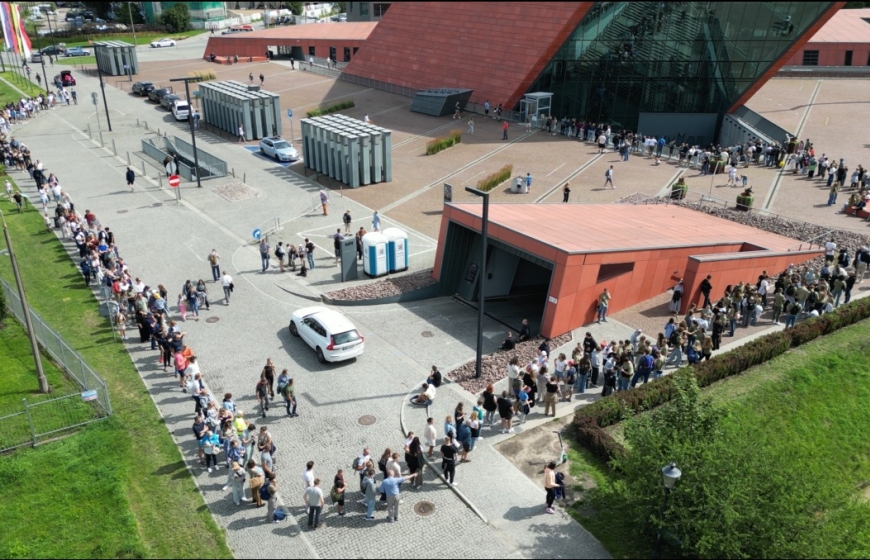#WESTERPLATTEHISTORY - NEW CEMETERY ON WESTERPLATTE
IN THE NEAR FUTURE, CONSTRUCTION WORK WILL BEGIN AIMING TO COMPLETE A NEW FORM OF CEMETERY ON WESTERPLATTE. ALL IDENTIFIED POLISH DEFENDERS WHO FELL ON THE TERRITORY OF THE MILITARY TRANSIT DEPOT ON WESTERPLATTE IN SEPTEMBER 1939 WILL BE BURIED THERE. SO FAR, SIX OUT OF NINE WESTERPLATTE DEFENDERS DISCOVERED DURING THE ARCHAEOLOGICAL SURVEYS IN 2019 HAVE BEEN IDENTIFIED. IN THIS SPECIAL PLACE, THE REMAINS OF THE COMMANDER OF THE DEPOT, MAJOR HENRYK SUCHARSKI, WILL ALSO REST.
Last year, as part of one of the articles in the #WesterplatteHistory series, the history of the Westerplatte cemetery from its establishment in 1945 was presented. Additionally, in subsequent installments, the profiles of all of the fallen defenders were presented. In these texts, efforts were made to characterize not only the circumstances of their deaths but also their main biographical details, which in some cases remain speculative. Since then, some of the information has been supplemented, which will undoubtedly be used to create descriptions for specific tombstones - the graves of the heroic Polish defenders.
As part of the newly developed cemetery, the layout of the space and the forms of individual graves symbolizing the fallen defenders, each separately, will be expressed in a modern yet dignified and worthy manner, befitting such an important place of remembrance in Polish history as Westerplatte. An attempt to minimize interference with the battlefield surroundings will allow the landscape around the cemetery, which has hardly changed in this part of the peninsula since 1939, to speak for itself. Gravestones will be evenly spaced in a circle, with inscriptions facing the center, symbolizing all fifteen of the fallen defenders. Above all, there will be a concrete cross erected on the initiative of Deputy Commander Captain Franciszek Dąbrowski in 1946. Right next to this cross is the unique grave of the last commander of the depot, whose remains were only brought to Westerplatte in 1971. Some of the fallen Westerplatte defenders are buried or already have individual graves in the cemetery located in Gdańsk's Zaspa. This is the case for at least three of the fallen defenders. Another three Westerplatte defenders are still considered missing and may still rest on Westerplatte. Within the new cemetery, their graves will remain only symbolic burial places until their remains are found.
The burial zone will be supplemented with interpretive elements in the area, such as the officers' villa and guardhouse No. 5, which will serve as a sort of foreground for the entire cemetery complex. In this zone, there will also be a specially marked space for the original resting place of the Polish defenders' remains, who waited exactly 80 years to be recovered. This entire space will be unique and one of the most important points in the future outdoor tour of the Westerplatte and World War II Museum.
Remembering those who fell and are commemorated in the Westerplatte cemetery, it's also worth remembering the Westerplatte defenders who died or perished during the occupation which lasted until 1945. Their number is comparable to the number of Polish soldiers who fell in battle in 1939. When including the number of Westerplatte defenders who went missing during the war, this figure slightly exceeds those commemorated alongside their comrades in arms in the cemetery.

















